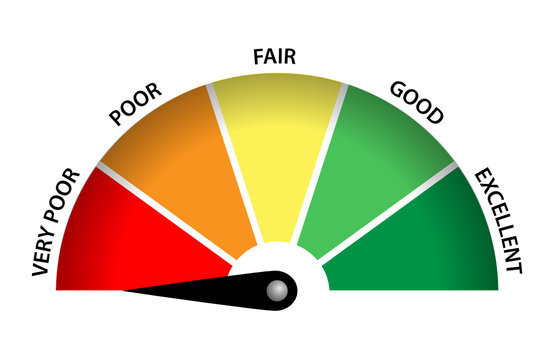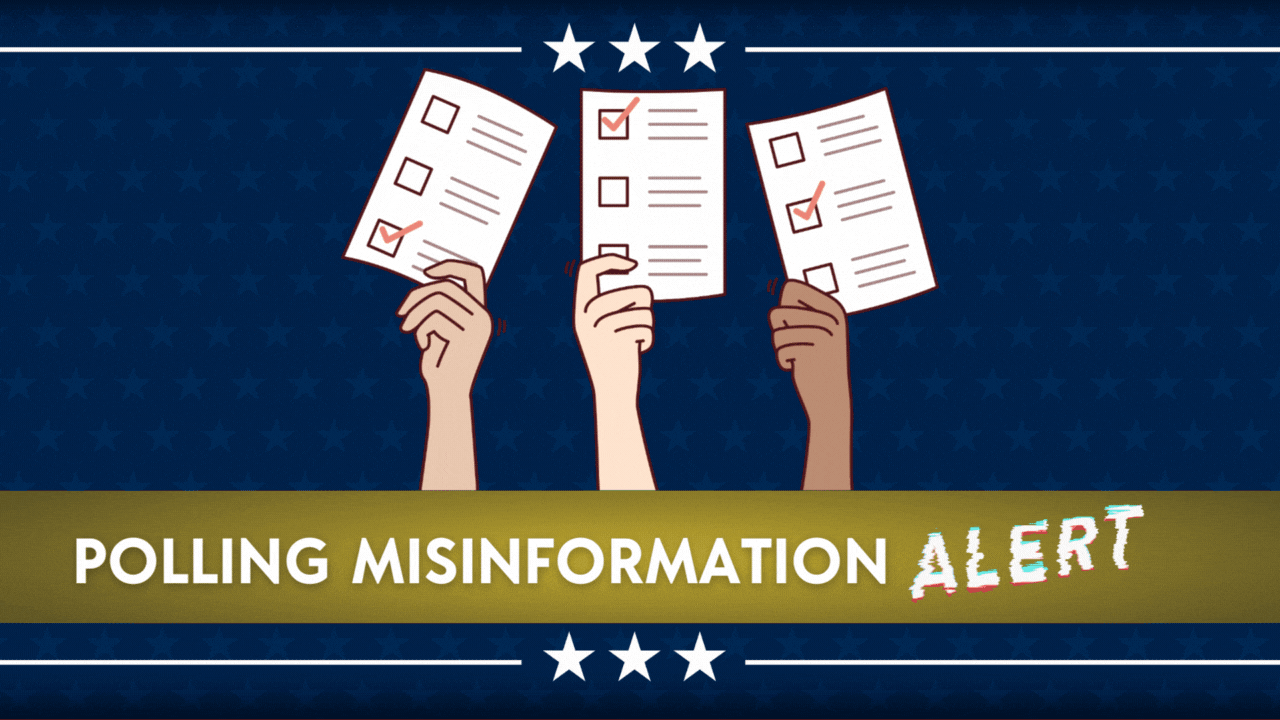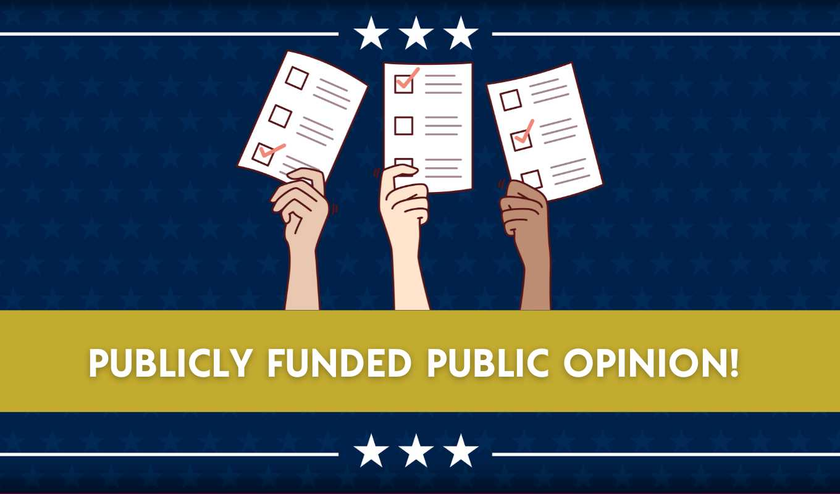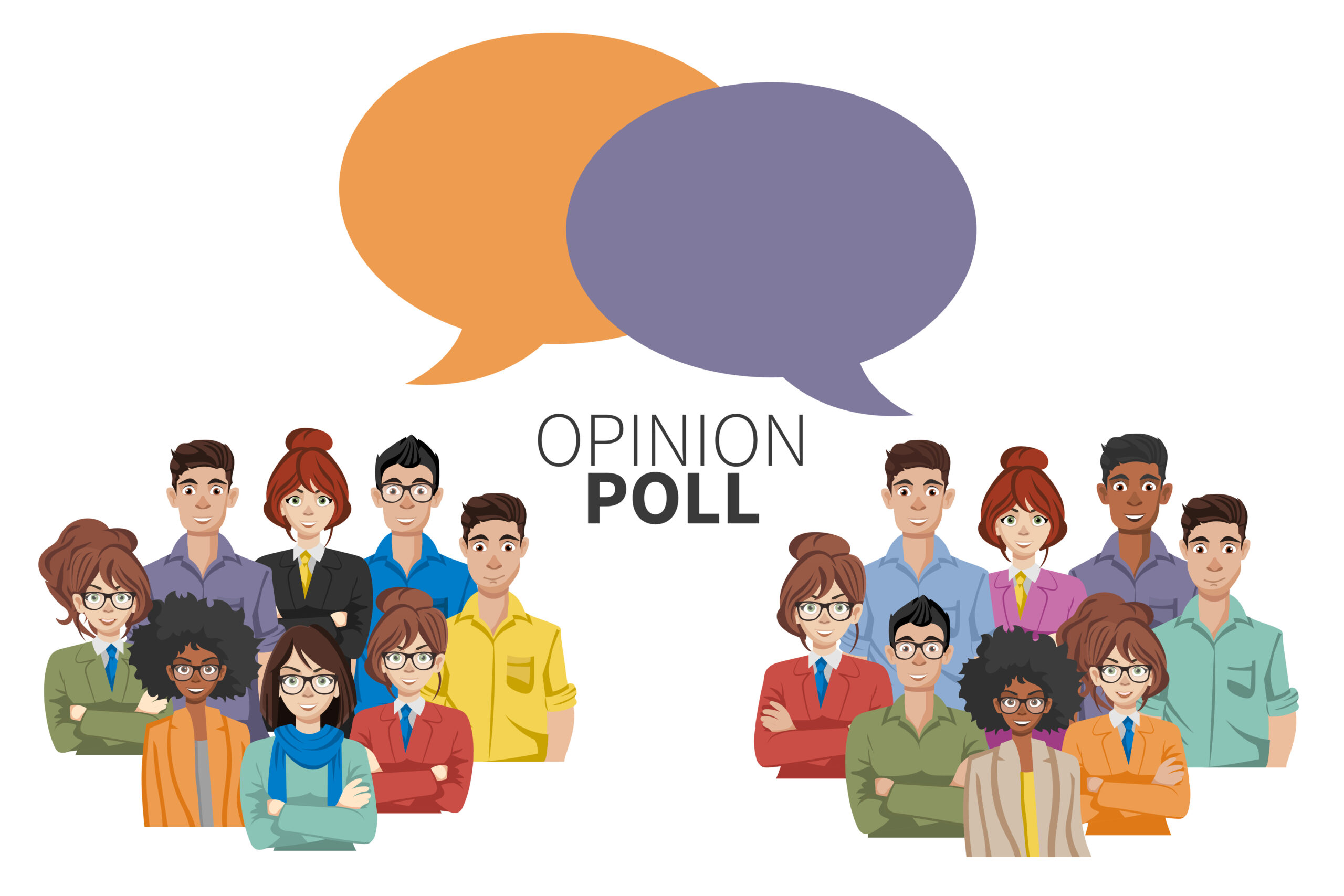
Okay, folks. I've been doing something behind your back. Given that Big Data Poll was the one and only poll NOT to understate Trump's support in the Buckeye State in 2020, and frankly has done a better job in most battleground states juxtaposed to media and university polling, I decided to quietly jump into Ohio to test two theories:
1) "GOP pollsters are flooding the zone to push a Red Wave Narrative!"
This is being used by the likes of DEM strategists and political hacks like Tiny Boner from TargetFart.
The second is more a high likelihood than a theory, but nevertheless...
2) The general assumption that media and university polls are once again overstating Democratic support.
I decided on Ohio when I saw Marist/NPR publish a tie along with a slew of other Senate Battleground Polls ALL SHOWING DEM LEADS. You might've noticed I just made a remark about it on Twitter.
CONCLUSION: The Media/University Pollsters are FULL OF SHIT. After speaking to 731 likely voters in Ohio, I decided to weight the results two different ways to see what we found. First, I weighted pretty damn favorably to Tim Ryan for age, race, education and region. Second, we simply deployed our traditional likely voter model. J.D. Vance leads in both scenarios.
Attached you will find a graphic of my forecast for how I believe these polls will perform this cycle. 😉
Below you will find the (first) link to the early simplified results using a weight variable even more favorable to Tim Ryan than initially used for the Vance +6 previously released, and again, more favorable than the electorate in 2018.
Regardless, the lead for Vance still only declines to 5 points, or Vance +4.7%. However, the 5.4% undecided voters remain highly unfavorable to Ryan and present rich targets for Vance.
https://application.marketsight.com/app/ItemView.aspx?SharedFor=public%40bigdatapoll.com&SharedBy=34090&id=b89811b3-ec16-4665-970d-af44012c8255
Here is the latest update with the most likely electorate not weighted to be more favorable to Tim Ryan. As you can see, J.D. Vance's lead not only increases by roughly 2 points BUT his support rises above 50%. There are still 5.4% undecided and they are still overwhelmingly favorable to him, not Ryan, increasing the likelihood his margin increases to 8-10 percent.
Polling errors have varied by region, with the Midwest/Mid-Atlantic and Florida being among the worst. Still, this would suggest we're headed for another polling error. Though the size and scope are unclear, it's fairly likely to be rather significant for many in certain states.

On #InsideTheNumbers, 'THE PEOPLE'S PUNDIT' Rich Baris, Director of BIG DATA POLL, reacted to criticisms he's been too hard on President Donald Trump.
"First of all, let me just address that first and foremost. I'm a public opinion pollster. I'm not your friend. You don't own me. I'm not the 'Trump Pundit'. I'm not the 'Obama Pundit'. I'm not the 'Democrat Pundit'. I'm not the 'Republican Pundit'. It says 'People's Pundit'."
"My loyalty is to the people that I speak to every day. They don't have a voice."
Support the Public Polling Project!
https://www.bigdatapoll.com/public-polling-project/
Still Not a Locals Supporter?
https://peoplespundit.locals.com/
Join this channel to get access to perks:
https://www.youtube.com/channel/UCWubnBV028_4rVoDPt7FpNQ/join
On #InsideTheNumbers, 'THE PEOPLE'S PUNDIT' Rich Baris, Director of BIG DATA POLL, said "right now" it doesn't look like Republicans "will have the opportunity" to "earn the trust" of 2024 Trump OR Bust voters and "rebrand as America First."
He explains how legislative opportunities during the peak of the Trump Presidency have been squandered, and whatever course correction the president makes, won't necessarily benefit Republicans in the 2026 midterms.
"Their window to show the American people that, that is true, has closed."
Support the Public Polling Project!
https://www.bigdatapoll.com/public-polling-project/
Still Not a Locals Supporter?
https://peoplespundit.locals.com/
I feel like tearing off my clothes and dancing in the rain (snow on Tuesday). Ofc I'm entirely too old to do that. But...
We were SO right.
Here's Snoop, who rapped "F--K Donald Trump" in 2017, now performing at a Trump supporting inauguration party.
Watch Live 3:00 PM EST — Robert Barnes and Rich Baris discuss in detail bombshell results within the Public Polling Project for Early Spring 2021, and more civil unrest amid the trial of Derek Chauvin for the death of George Floyd.
Support the Public Polling Project
https://www.bigdatapoll.com/public-polling-project/
Locals Communities
https://peoplespundit.locals.com/
https://vivabarneslaw.locals.com/
Like on Facebook
https://www.facebook.com/PeoplesPunditDaily
Follow on Twitter
https://twitter.com/Peoples_Pundit
https://twitter.com/Barnes_Law
Theme Song: "Highway" By Grammy Considered Bowen Band
https://www.chrisbowenband.com/
That's what we love most about this place.
They do not forget.
Americans have been lied to by every major institution. Their inheritance is being squandered by people who preside over a broken, corrupted system that refuses to respond to their grievances.
People have been thrown in jail and Charlie was assassinated.
Nothing has been done about it and nobody has been held responsible for destroying the greatest nation in the history of human civilization.
Voters are DONE with performative politics. Those days are over.
Mark Mitchell and I will be laying it all out at AmericaFest 2025 w/ Turning Point USA next Saturday.
Gonna be 💥

Probably going to be a little late but definitely streaming today.
Just FYI.
Going to be difficult to do shows this week and next week. Too much to do with the travel schedule before Christmas and will end up just streaming on Locals best I can.


Watching people attempt to "unskew" polls conducted by all walks of this industry—ranging from Nate Cohn at The New York Times to Spencer Kimball at Emerson College to Tim Malloy at Quinnipiac—all to deny Donald Trump's gains against Joe Biden with various voting blocs, is more than a little sad.
The slew of recent polls over two weeks—to include no less than four today alone—have simply confirmed prior findings published from other pollsters who have previously been "unskewed". That includes your's truly and our work at BIG DATA POLL, Mark Penn at Harvard University, Patrick Ruffini at Echelon Insights, and many others.
I'm temped to equate this with an Occam's razor-like situation. But this debate is more about likelihood than simplicity.

Here's the Presidential Vote Preference Trend for Biden v. Trump going back to August 2020. The Public Polling Project did not begin asking the Rematch Question for 2024 until September 2021. However, we can still make some pretty important and interesting observations.















